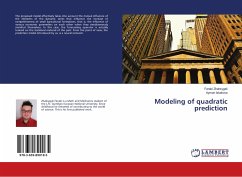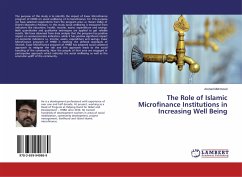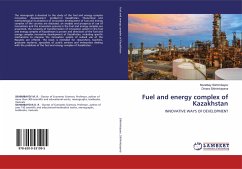Kazakhstan is a developing nation situated in Central Asia. Despite its vast natural resources, from the oil rich west and mineral rich east, suffers from regional disparity. Because of Kazakhstan s relatively large area and low level of inhabitants, the population is concentrated in a few regions, causing large distances between cities. To help solve this problem this paper looks at the possibility of high-speed trains (HSTs) to create agglomeration economies. This is done through extensive review of literature on the academic side of transport and urban economics and also includes case studies where scholars review operational HST networks. The benefit of this is that the reader is presented with both a theoretical as well as empirical aspects in reviewing the possibility of introducing a HST in Kazakhstan. Despite the optimistic benefits stated by scholars for a successful investment and a positively impacting project on the regional scale, this paper concludes that HSTs do not have a place in Kazakhstan yet, due to the lack of conditions and circumstances that have been responsible for significant economic impact in both literature and case studies.
Bitte wählen Sie Ihr Anliegen aus.
Rechnungen
Retourenschein anfordern
Bestellstatus
Storno








